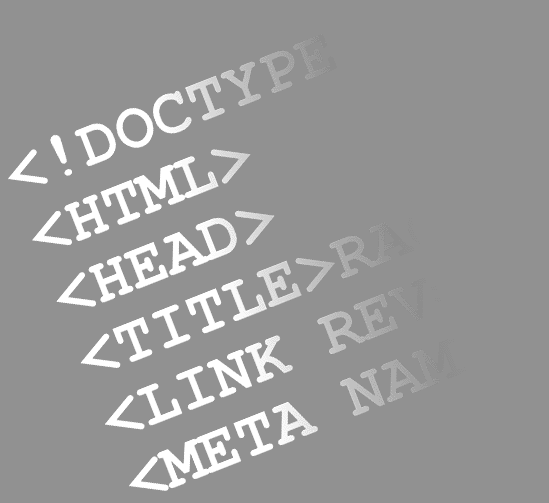Validating Web documents is an important step which can dramatically help improving and ensuring their quality defined by the World Wide Web Consortium (W3C). If you don’t follow these rules, Your website may be incompatible with web browsers like IE,Firefox or google chrome and may be penalized by Search Engines.
The importance of website validation
Most Web documents are written using markup languages, such as such as HTML, XHTML, and/or CSS. These languages are defined by technical specifications, which usually include a machine-readable formal grammar (and vocabulary). The act of checking a document against these constraints is called validation, and this is what the Markup Validator does. You can read more on why validating matters. This validator is a program that reads your markup and check for conformity to w3c specifications.
Although it doesn’t have a direct impact on Google rankings, Google’s Matt Cutts explain more in the video below
W3C validated sites can access more easily by surfers, provide same look and style in different browsers – W3C validation reduces size of your page by reducing code size and helps in emphasis page content important. It also helps to increase chance for website to get higher position in search engines as search engine spider prefers page with neat and clean code.
To help webmasters ensure their websites coding is correct, W3C has provided a number of free online validation tools. Here is a list of these tools and some others from 3rd party providers:
- W3C Markup Validation Service
- W3C CSS Validation Service
- W3C Link Checker
- W3 Schools Web Page Validation
- Multipage Validator
- CSE HTML Validator
You may interested in how to control bots/crawlers access to your website’s directories and folders by Robots.txt file

